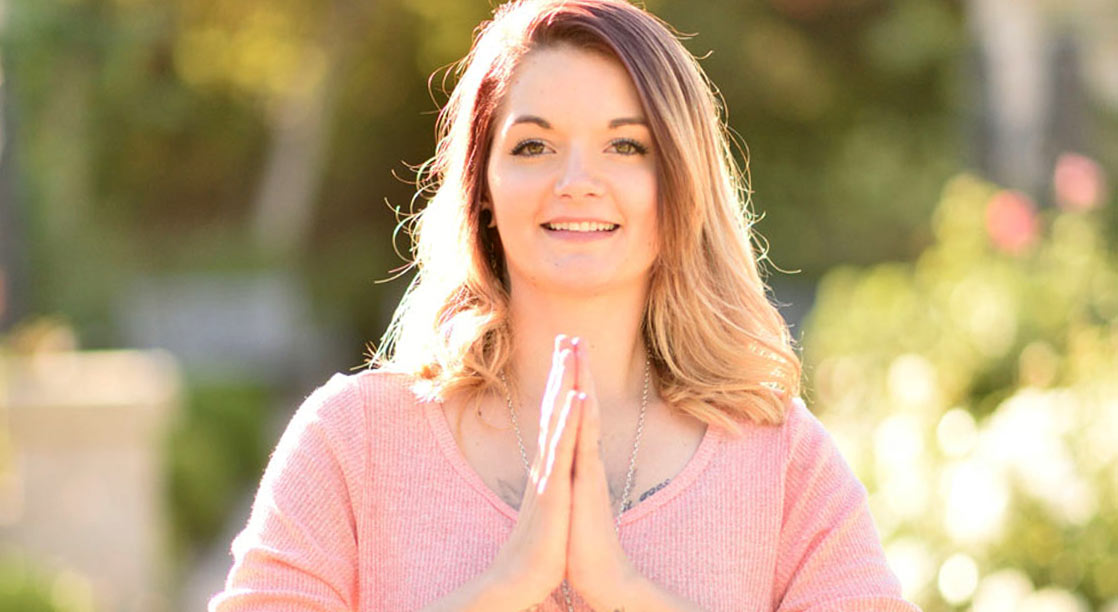 A while back, I posted a blog that sketched out a very basic outline of the Yoga Sutras of Patanjali. Of course, we can’t possibly capture the essence of the sutras in a single blog post, or even a series of them. It’s best when we digest them over time. And it’s even better when we consider them in the context of our own lives. Today’s post will outline the Eight Limbs of Yoga.
A while back, I posted a blog that sketched out a very basic outline of the Yoga Sutras of Patanjali. Of course, we can’t possibly capture the essence of the sutras in a single blog post, or even a series of them. It’s best when we digest them over time. And it’s even better when we consider them in the context of our own lives. Today’s post will outline the Eight Limbs of Yoga.
The sutras are divided into four padas (chapters). The second pada is the one that yoga teachers and practitioners most often refer to. This is because the second pada includes the Eight Limbs of Yoga. The Eight Limbs provide a scaffolding for the whole system of yoga, according to the sutras.
While the sutras list the limbs in a particular order, they are not hierarchical. They’re not like a ladder with eight steps. Instead, all the limbs feed into the whole, kind of like the limbs on a tree. Practicing any one of the limbs supports all the others.
Here’s a short synopsis of the limbs:
This is just a bite-sized description of the framework for yoga practice. Any of the limbs—or even any part of the limbs, say one of the yamas—could be fodder for years of practice.
If you’re interested in learning more, my book Mindful Yoga, Mindful Life: A Guide for Everyday Practice, outlines the Eight Limbs and goes into detail about each one. There are also suggestions for ways to practice each one.